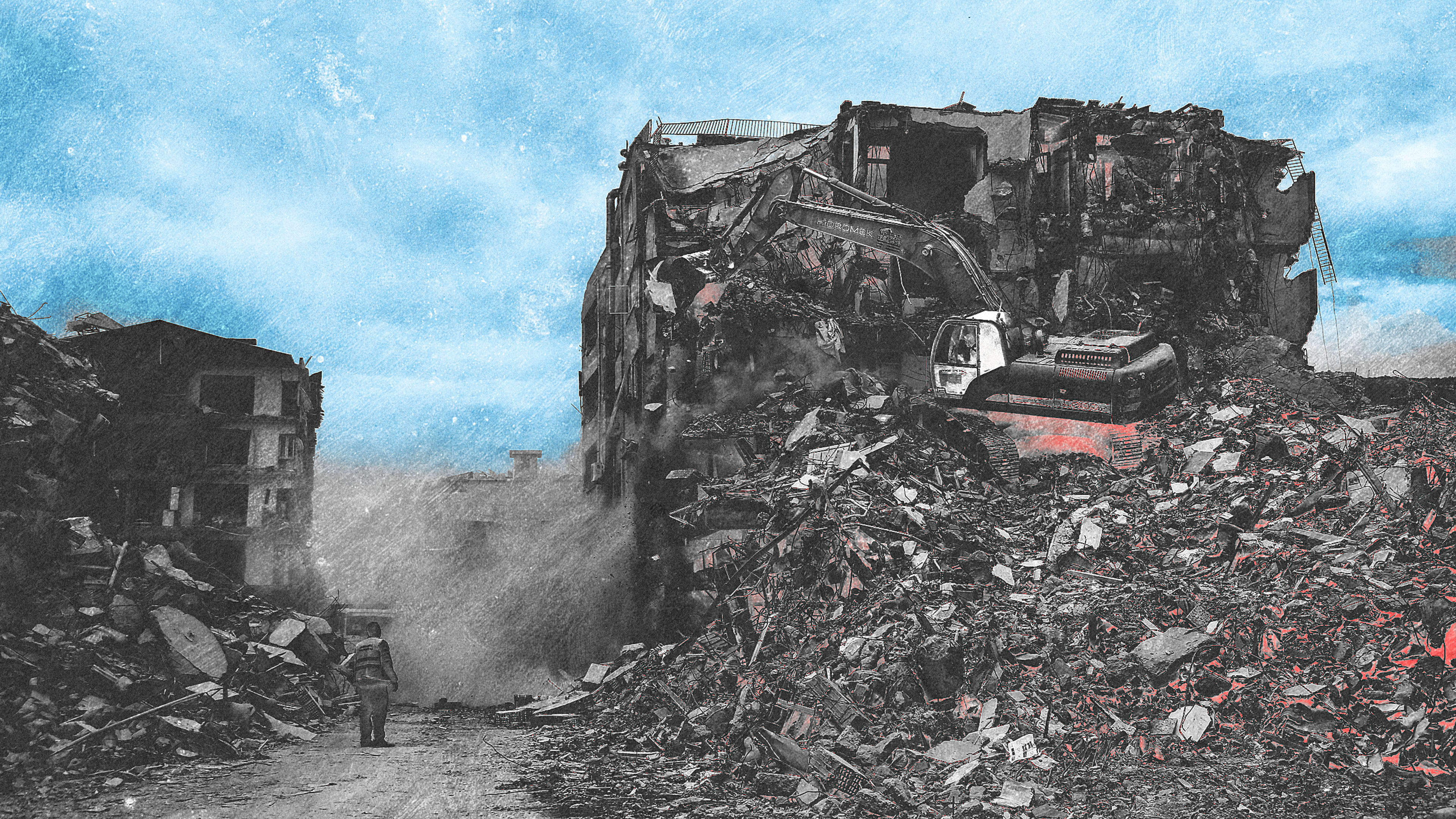In the early morning hours of February 6, 2023, Turkey experienced its most powerful earthquake in more than 80 years. The quake, 7.8 on the Richter scale, together with strong aftershocks, killed more than 50,000 people, left one and a half million people homeless, and destroyed more than 210,000 buildings. It created enough rubble to cover about 40 square miles (twice the size of Manhattan) a yard deep in debris. A UN estimate puts the damage to Turkey’s built environment at more than $100 billion. More than a hundred countries, the UN, the World Bank, and other global and local charities are stepping up with billions of dollars worth of assistance and loans.
The Turkish government has pledged to build 319,000 new houses in the next year, promising greater oversight to prevent corrupt construction practices that resulted in substandard concrete buildings and contributed to the magnitude of the recent destruction.
But Turkey’s urgent mission to respond to a tragic disaster also illustrates the global bind we find ourselves in at this particular moment in our evolution on our planet: The very same material we rely on to both protect us from environmental hazards and to rebuild after them—concrete—is the world’s second biggest source of carbon emissions, fueling a climate crisis that is generating more extreme weather, leading to more disasters and destruction. Call it the concrete paradox.
Whether you lean towards optimism or skepticism regarding an Erdogan-led government’s promises to root out corruption, this much is true: As Turkey rebuilds, it can rely on the same basic kind of carbon-emitting portland cement-based concrete used for the buildings that were wrecked, or it can find a way to utilize more sustainable concrete that dials back carbon emissions.
Recognize your brand’s excellence by applying to this year’s Brands That Matter Awards before the final deadline, June 7.
Sign up for Brands That Matter notifications here.
